Introduction to Abdominal Doppler Ultrasound Online Course is designed to provide an introduction to and comprehensive review of Abdominal Doppler sonography and a strong foundation to perform and/or interpret Abdominal Doppler ultrasound examinations. The participant will identify the essentials for establishing scan protocols, and experienced faculty will guide you through abdominal anatomy and Doppler/Color Flow characteristics. Enrollment is valid for 12 months (365 days) and begins the moment the participant is enrolled. Extend your online course access another 3 months with the addition of an onsite hands-on workshop or registration for a regularly scheduled GCUS scan workshop.
OBJECTIVES
– State the Doppler Principle and list the factors associated with the Doppler equation.
– Demonstrate various scan techniques for accurate interrogation of blood flow.
– Identify commonly seen Doppler/color flow imaging artifacts.
– List system controls utilized to optimize the Doppler/Color flow acquisition.
– State protocols and diagnostic criteria to evaluate abdominal aortic aneurysm and dissection and endovascular grafts.
– Define the term endoleak and list the five different types.
– Identify key sonographic findings in patients with normal and abnormal endovascular aortic grafts.
– Outline protocols for evaluating renal artery stenosis using direct and indirect Doppler/Color Flow imaging methods.
– Identify normal and abnormal imaging and flow characteristics associated with renal, mesenteric, and liver Doppler applications.
– Apply diagnostic criteria for evaluation of renal artery stenosis, mesenteric ischemia, portal hypertension, portal vein thrombosis, and Budd Chiari syndrome.
– Perform imaging of the normal transplant organ and recognize common abnormal findings indicating possible transplant compromise.
– Identify Doppler ultrasound findings in the normal transplant organ and state the implications of commonly seen abnormal findings.
AUDIENCE
Any medical professional involved with performing abdominal Doppler ultrasound examinations. Physician participants may include (but is not limited to): emergency, trauma, critical care, hospitalists, internal medicine, and primary care
– Imaging Fundamentals: The Basics
– Abdominal Doppler Physics
– Ultrasound Evaluation of the Abdominal Aorta
– Ultrasound Evaluation of Aortic Endografts
– Ultrasound Evaluation of Renal Artery Stenosis
– Mesenteric and Porto-Hepatic Duplex Sonography
– Introduction to Transplant Sonography
Date of Original Release: 7/15/2020
This edition valid for credit through: 7/15/2023


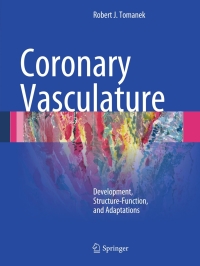
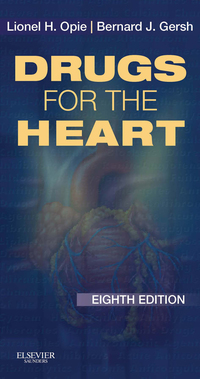

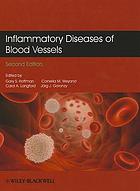
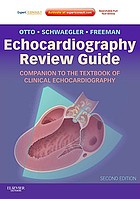


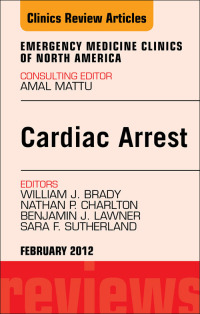
Reviews
There are no reviews yet.